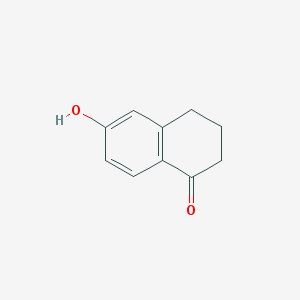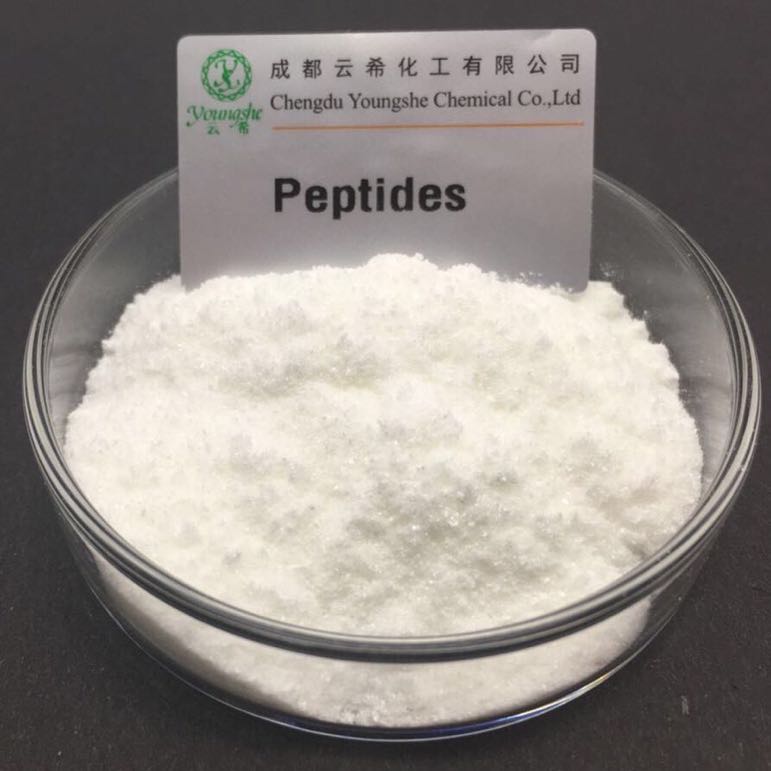-
Categories
-
Pharmaceutical Intermediates
-
Active Pharmaceutical Ingredients
-
Food Additives
- Industrial Coatings
- Agrochemicals
- Dyes and Pigments
- Surfactant
- Flavors and Fragrances
- Chemical Reagents
- Catalyst and Auxiliary
- Natural Products
- Inorganic Chemistry
-
Organic Chemistry
-
Biochemical Engineering
- Analytical Chemistry
- Cosmetic Ingredient
-
Pharmaceutical Intermediates
Promotion
ECHEMI Mall
Wholesale
Weekly Price
Exhibition
News
-
Trade Service
On September 1st, the FDA issued an immediate guideline entitled "Control of Nitrosamine Impurities in Central Asia for Human Drug Use", describing the conditions under which nitrosamine impurities may be introduced, and recommending steps that API and preparation manufacturers should take to detect and prevent the levels of nitrosamine impurities in Central Asia from exceeding acceptable levels.
nitrosamines found in certain types of drugs led the FDA and other international regulators to conduct a detailed analysis of these impurities in affected APIs and preparations.
In current understanding by the FDA, the guidelines discuss the underlying causes of nitrosamine formation and recommend that API and preparation manufacturers: 1) conduct a risk assessment of approved or marketed products and products to be applied for, and 2) take appropriate measures to reduce or prevent the presence of NIsamines in APIs and preparations.
FDA states that although nitrosamine impurities have only been found in certain drugs and have been recalled when the levels are unacceptable, nitrosamine impurities may also be present in other APIs and preparations due to the use of susceptible processes and materials that may produce nitrosamine impurities.
, the recommendations in the guide apply to all chemical synthesis APIs, as well as to preparations that contain chemical synthesis APIs.
"The recent discovery of nitrosamine impurities in drugs such as angiotensin II blockers, renitridine, nizatidein, metformin, riflipin, and rifotin has clearly demonstrated the need to implement risk management strategies to identify and reduce the risks of nitrosamines in medicines," the FDA said in a press release to the guidelines.
"According to the guidelines, the FDA is working with regulators around the world to share scientific information and coordinate inspections" to develop rapid solutions to ensure the safety and quality of drug supplies.
" guidelines are immediately effective, and the FDA explained in its foreword to the guidelines why it made the decision rather than issued the draft guidelines, saying that "it is important to provide drugmakers with timely information about risk assessments, testing, and other appropriate measures they should take to reduce and mitigate API and preparations for nitrosamine impurities in Central Asia."
", although the guidelines are effective immediately, can still provide feedback to the FDA.
general root cause guidelines describe the possible introduction of nitrosamine impurities.
As the pharmaceutical industry and regulators struggle to find sources of nitrosamine impurities, the industry has recognized that nitrosamines may be formed under acid-reactive conditions, in the presence of midamines, schoamines or tyramines and nitrites.
despite purification, nitrites used as reagents in one step can continue to the next steps and react with amines to produce nitrosamine impurities.
therefore, whenever nitrites are used, residues cannot be excluded from the next steps.
the guidelines also list some possible amine formations, but the guidelines are not exhaustive,
pharmaceuticals should assess the potential risk of nitrosamine formation from other reagents containing amine groups."
" guide also highlights the importance of understanding the entire raw material supply chain by identifying potential nitrite and amine impurities in contaminated raw materials from suppliers.
use of recycled solvents, catalysts and reagents, as well as nitrosamine formation when using quenching processes.
guide details the various situations in which recovering solvents, catalysts and reagents can be a source of contamination.
may contain nitrite and nitrosamine impurities that may vary widely between batches or may increase during storage.
other guidelines mention the lack of process optimization and control that can lead to nitrosamine impurities.
the source of nitrosamine impurities in the preparation, in addition to the impurities brought in by API contamination, nitrosamine impurities can also be formed by product degradation.
guidelines also mention that "manufacturers should also be aware of the possibility of nitrite and nitrosamine impurities in drinking water."
recommends that the FDA specify acceptable intake limits for all nitrosamine impurities in the preparation in the guidelines.
recommends a comprehensive risk assessment process for APIs, commercially available medicines, and approved and on-the-job medicines.
risk assessment documents do not have to be submitted to the FDA, but drugmakers should retain them so that they can be made available when required by the FDA.
when a risk is identified, the drugmaker should perform a corroroar test.
changes made by the Company should be reported to the FDA and appropriately submitted to the Drug Master Document (DMF) for change or to a supplement or addition to an approved or pending application.
reporting recommendations and timetables are detailed in the guidance.
With the knowledge of production conditions that may increase the risk of introducing nitrosamine impurities, the FDA also instructs API manufacturers to take specific steps to reduce the use of amines and alamide solvents and, where possible, to replace nitrites with other quenching agents.
API manufacturers should also review the supply chain through a comprehensive risk review and take care to avoid cross-contamination of recycled materials.







